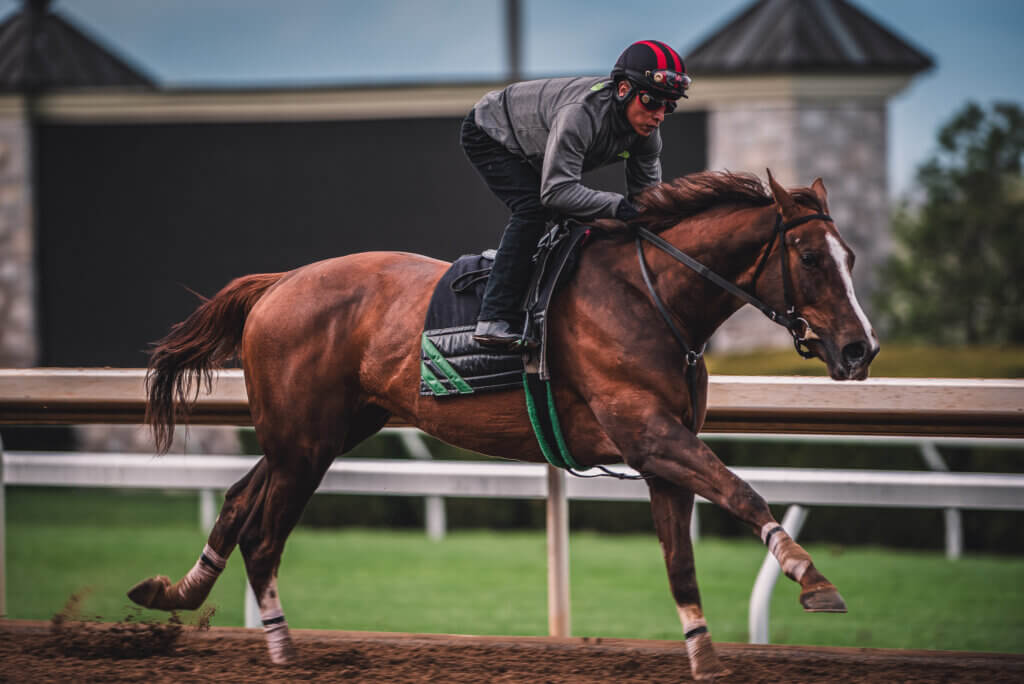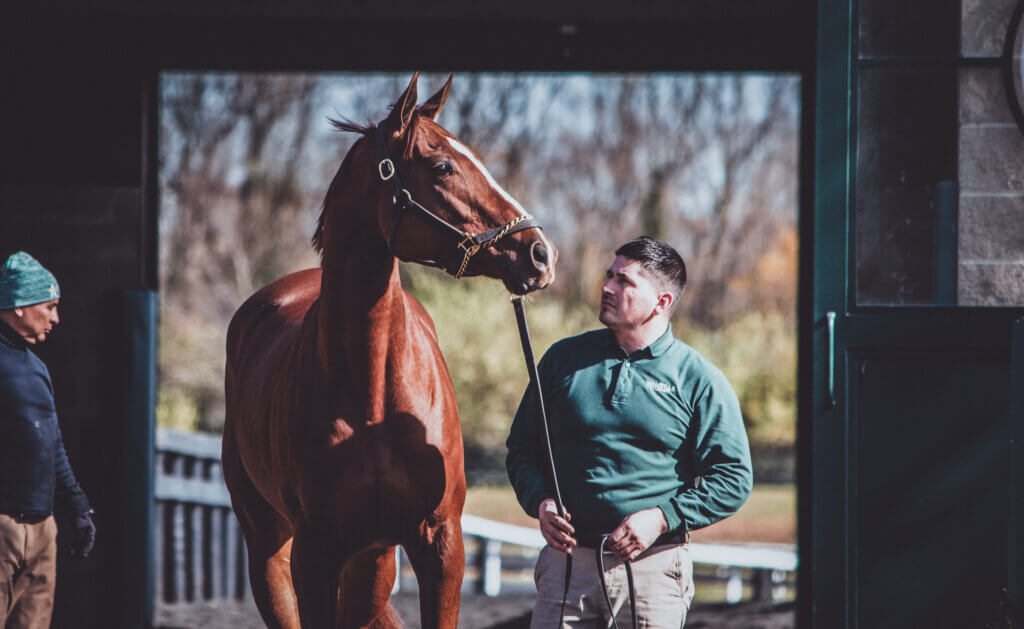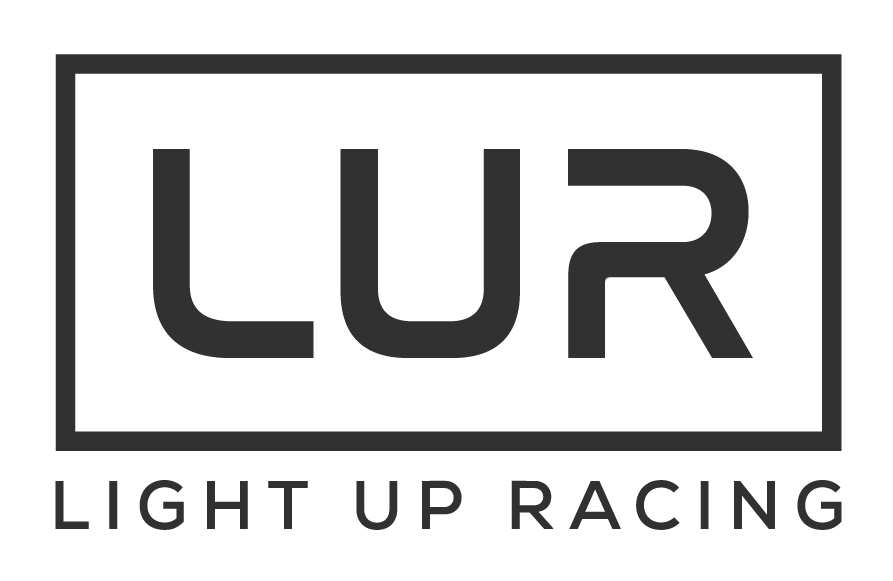The question of whether racehorses race on drugs is often clouded by misconceptions and lack of understanding. It’s important to address these false claims and present a balanced view based on evidence and data.
In the world of equine racing, strict regulations govern the sport to ensure integrity and horse welfare. Medications and treatments are used in the training of horses, similar to human athletes. But it’s crucial to distinguish between illegal drugs and therapeutic medication.
So, are there drugs in horse racing?
Well, yes. Drugs, medications and treatments are used in the training of horses, much like human athletes.
However, there’s a clear distinction between illegal drugs and therapeutic medication. The latter is akin to the treatment human athletes receive – medications like mild, non-steroidal anti-inflammatories such as phenylbutazone, or ‘bute’, are used under strict veterinary guidance to aid in the recovery of sickness, pain, or inflammation.
These medications are not performance enhancers, but rather essential treatments to ensure the health and well-being of the horse. However, just like in any sport, the specter of illegal drug use has loomed over horseracing too, with certain individuals seeking to gain an unfair advantage through prohibited substances.
The Science of Tolerance
Understanding the science behind drug tolerance and withdrawal periods is crucial.
Medications, even when used therapeutically, come with advised withdrawal periods – a timeframe before a race when a horse should not be given certain medications to ensure it doesn’t affect the horse on race day. However, traces of medication can linger, and that’s where thresholds of drug tolerance come into play. These thresholds are established based on extensive research and are designed to discern between permissible residual amounts of medication and levels that could influence a horse’s performance.
Major Inroads to National Alignment: The Role of HISA
While the industry has made rapid recent strides in ensuring the cleanliness of the sport, it’s essential to acknowledge that there was a period when illegal drug use in racing was a significant concern.
This era saw some individuals resorting to prohibited substances to enhance performance illegally, casting a shadow over the sport’s integrity. However, the industry’s response was swift and firm, with rigorous testing procedures and heavy penalties for those caught violating the rules.
The establishment of the Horseracing Integrity and Safety Authority under HISA marked a significant milestone in the sport’s history. For the first time, a national, uniform set of rules was implemented, applicable to every Thoroughbred racing participant and racetrack facility in the U.S.
HISA comprises two main programs: the Racetrack Safety Program and the Anti-Doping and Medication Control (ADMC) Program. These initiatives aim to enhance equine welfare, minimize injuries, and ensure that all horses compete free from the influence of medications or other foreign substances that could affect their performance.
Maximum Security and the Price of Illegal Behavior
The scandal involving Maximum Security, and specifically the actions of trainers Jason Servis and Jorge Navarro, marked a pivotal moment in horse racing history.
The positive test for Maximum Security was just the beginning. Subsequent investigations revealed a broader pattern of illegal drug use, casting Servis and Navarro as central figures in one of the sport’s most significant doping scandals. The severity of the charges against them, potentially leading to years in prison, underscored the industry’s firm stance against such egregious misconduct.
The case against Servis and Navarro transcended individual wrongdoing, catalyzing a critical introspection and a collective resolve within the horseracing community. It spurred a movement towards stronger regulatory frameworks, rigorous testing, and a culture of transparency and accountability.
The industry’s response, marked by a renewed dedication to ethical standards and the protection of its equine athletes, suggests that this scandal may well be remembered as a turning point. A time when horseracing united to chart a course towards a future where the integrity of the sport and the welfare of the horses are held in the highest regard.
The Ongoing Vigilance: Testing and Transparency
Racing authorities invest heavily in testing and surveillance to keep the sport clean. Horses are regularly tested before and after races and during training. Veterinary professionals, working on behalf of the stewards, meticulously take blood samples, checking for the presence of any medication.
The protocols reflect a commitment not just to identifying wrongdoing but also to promoting the highest standards of horse welfare and ensuring that any treatment administered is appropriate, necessary, and transparent.
And it’s not just horses that are tested – jockeys, trackwork riders and stablehands are all licensed and therefore liable to be regularly tested for both drugs and alcohols by stewards. They will receive fines and bans too if they are found to have any prohibited or undeclared substances in their system.



